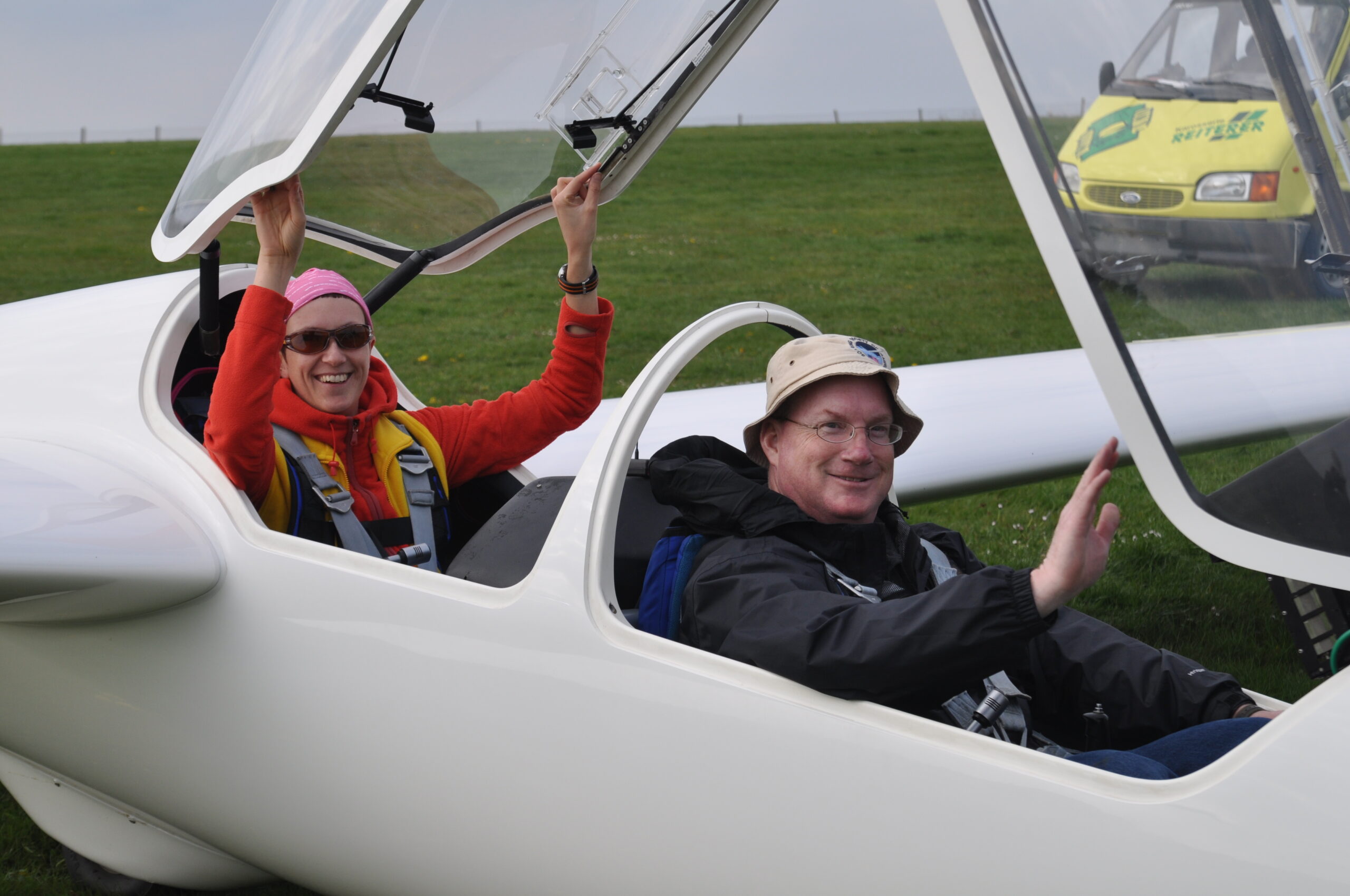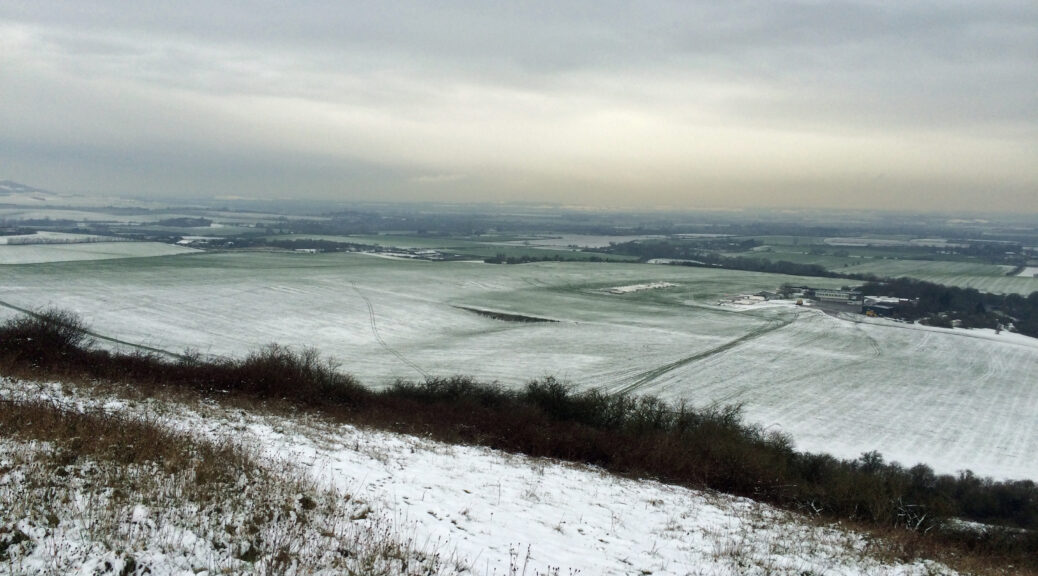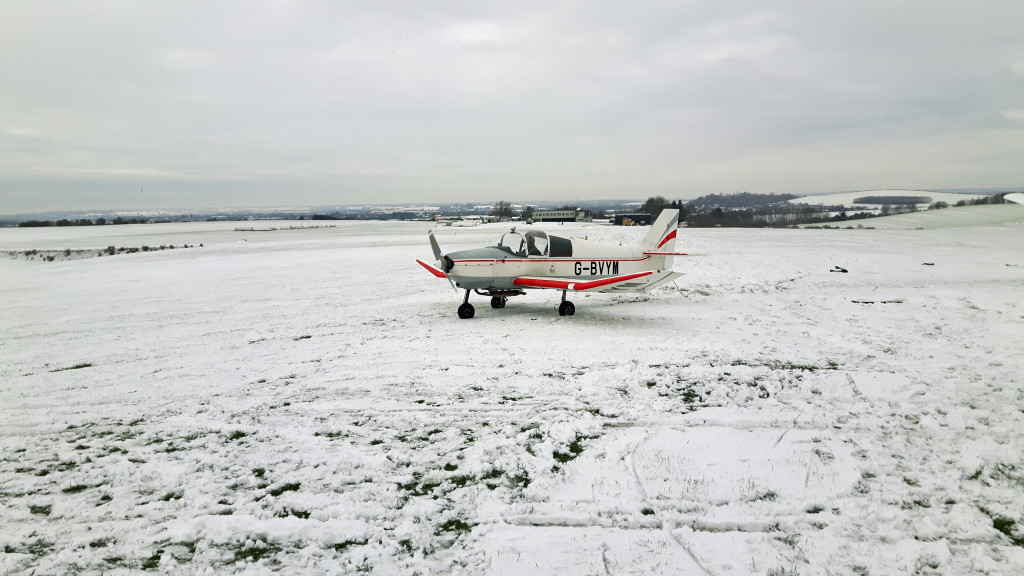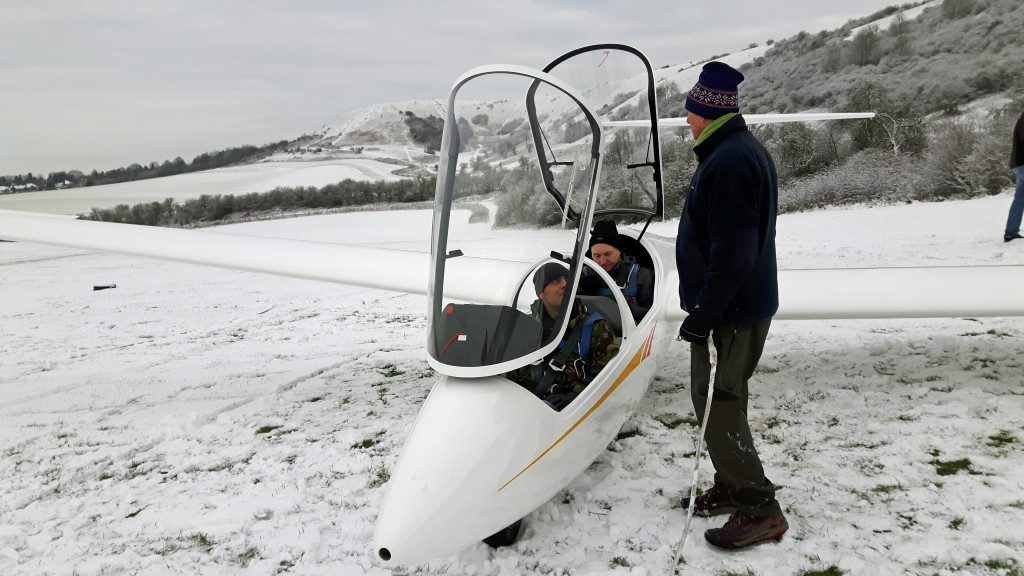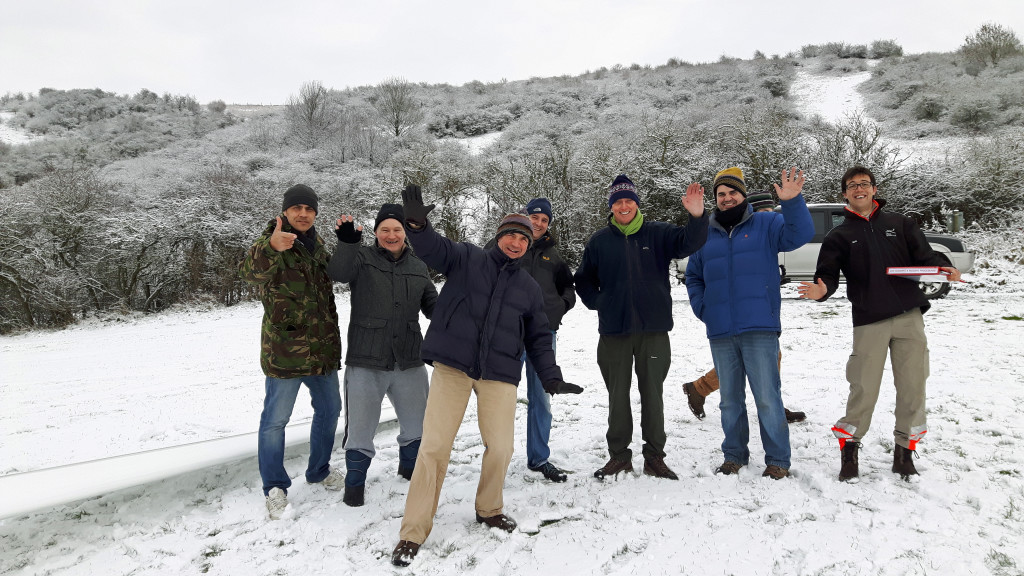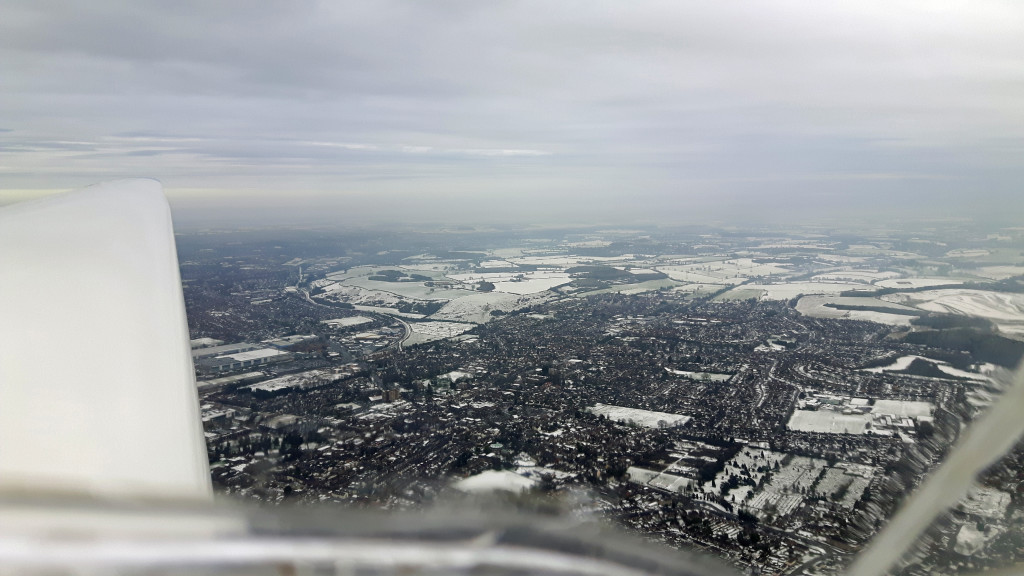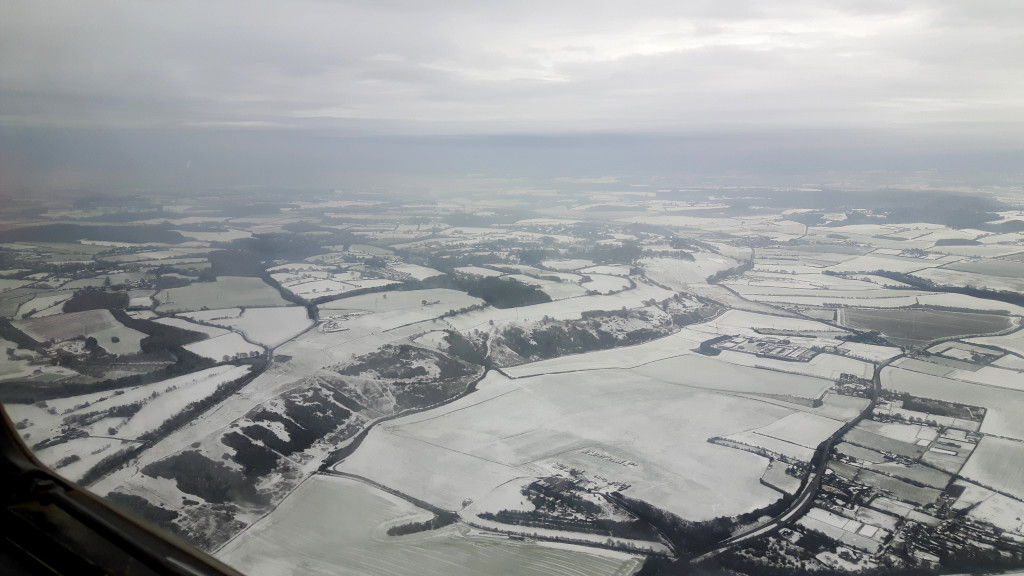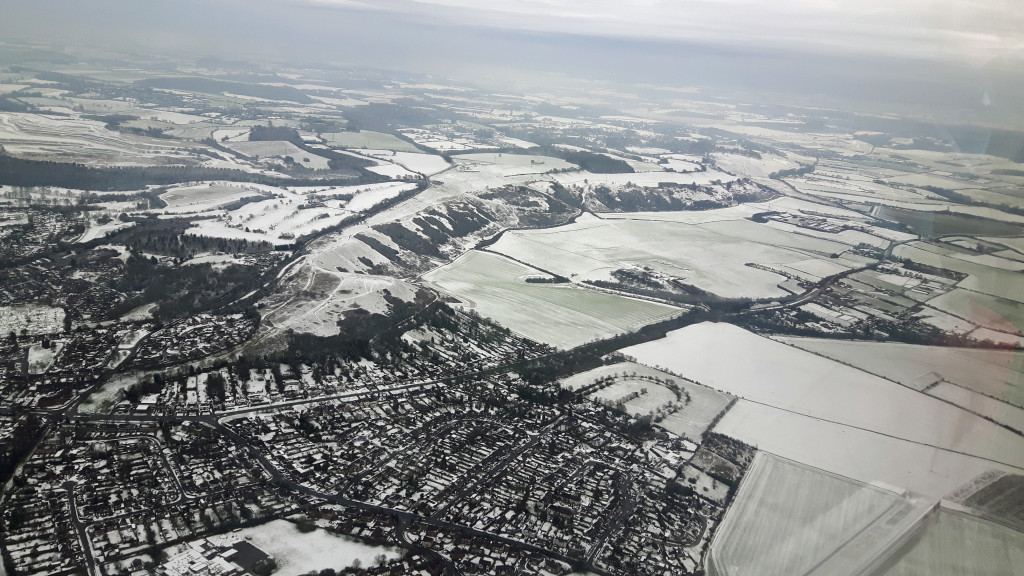BLOG POSTS are most interesting when there’s visual content to go with the text. Interesting photographs make a difference. Adding video to the page can be even better as long as it’s something people might actually want to watch! I’ve made a number of videos that I’ve shared to YouTube. Some of the soaring ones are embedded below. Next time I do video I’ll try to get pictures of how I do it. That may be an interesting mini-tutorial for some readers.
Graham Saw survived doing some aerobatic training with me at Booker Gliding Club in High Wycombe, England, UK. This video is the product of multiple flights and multiple camera locations. At the time, it was perhaps the most complicated video I had done.
Aerobatic video number two was a learning event. I wish I had left the volume of the voices a bit higher and had lower volume on the music. I tried adding a title image to the beginning in an effort at “branding.” Notice the point where instructor Colin Short says “fantastic” in his Australian accent. I’d like to hear that more often! Lasham is the largest glider club in the world. (Oddly, this one is blocked in Germany.)
No aerobatics here, but this is one of my favorite videos to date. It consists of video from four different camera locations on four different flights. I like the Henry Mancini blues music. Occasionally you can see the shadow of the camera mount on the left with where the camera is looking towards the fuselage. This location disturbed the air enough that in a bank to the right I could feel the burbling air hit the tail/rudder. Hydration is important for the safety of flight. So is avoiding the other gliders. I really enjoyed flying the LS-4 with the Aeroclub Stuttgart where I was a member 2011-2013. The last 30 seconds of the video is just before landing; you can see my right foot on the rudder pedal, and it looks to me like I’m tapping with the music. 🙂
If I can tell a story, then I am a “real film maker,” nest-ce pas? This video was fun to make, and it is an effort to capture the flavor of launching and recovering a glider. Shot at Hahnweide, Germany glider field.
I hope you enjoyed watching a few of these. I had fun making them and sharing them with others.
